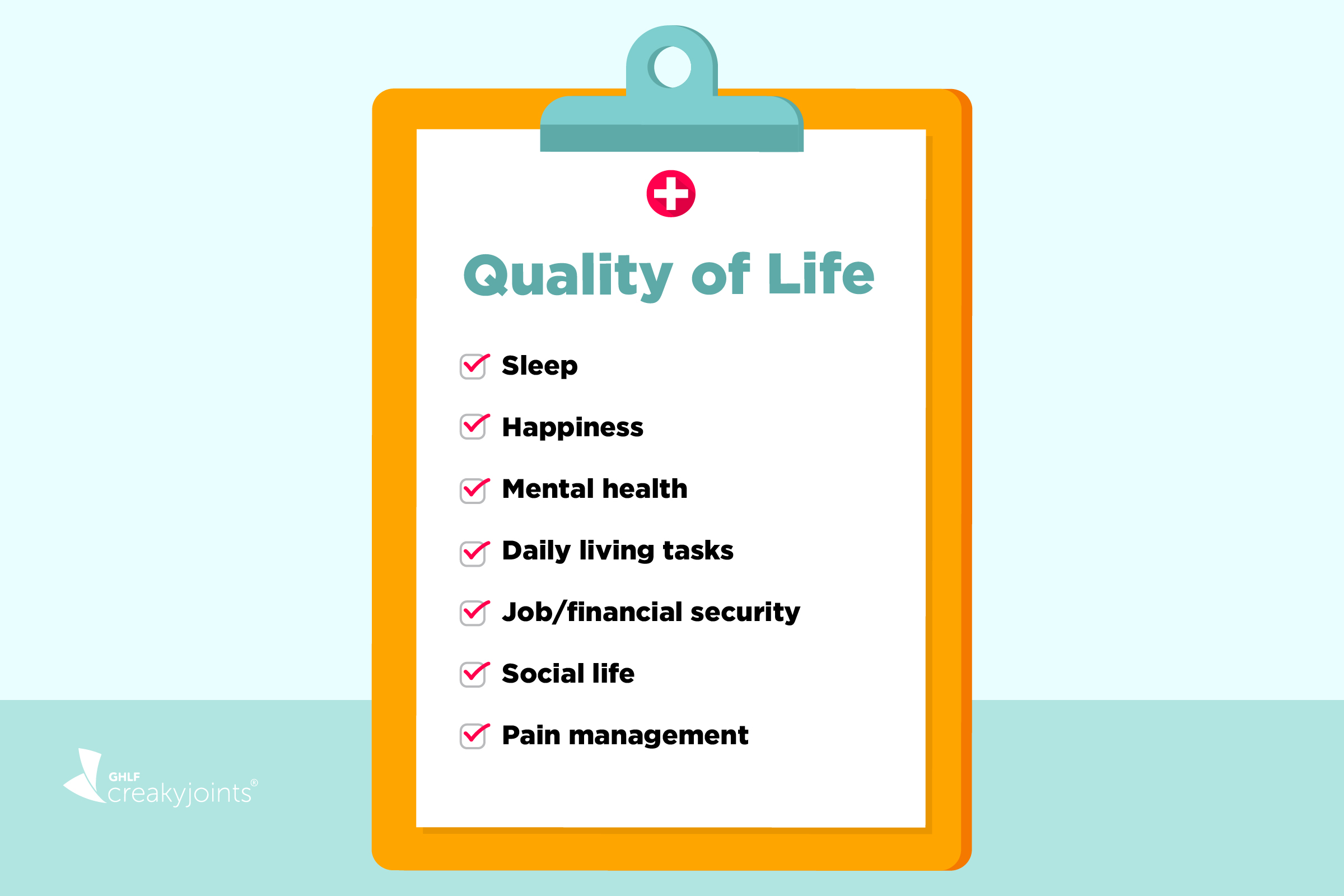Investment Diversification Key to Financial Success
Discover the benefits of investment diversification and learn how it leads to financial success. Start optimizing your portfolio today.

The Importance of Diversifying Your Investment Portfolio
Investing is a key component of building wealth and securing your financial future. However, the way you allocate your investments can significantly impact your risk and potential returns. One of the fundamental principles of successful investing is diversification. In this article, we will delve into the importance of?investment diversification?portfolio and why it should be a central strategy for any investor.
Diversification Defined
Diversification is a risk management strategy that involves spreading your investments across a variety of asset classes, industries, and geographic regions. The idea is simple: don't put all your eggs in one basket. By holding a mix of different types of investments, you can potentially reduce the overall risk of your portfolio.
Here's why diversification is essential:
Risk Mitigation
The primary goal of diversification is to reduce the risk associated with your investments. When you invest in a single asset or a concentrated group of assets, your portfolio becomes vulnerable to the specific risks that those assets face. For example, if you invest all your money in a single stock, you're exposed to the potential price fluctuations and risks associated with that company's performance. If the company faces?financial troubles, your entire investment could be at risk.
However, when you diversify your portfolio across various assets, such as stocks, bonds, real estate, and commodities, you spread out your risk. The performance of one asset class may not necessarily correlate with the performance of another. So, if one investment underperforms or experiences a downturn, other investments in your portfolio may still thrive, helping to offset potential losses.
Smoother Returns
Diversification can also lead to more consistent and stable returns over time. Different asset classes have different risk-return profiles. For example, stocks tend to offer higher returns but come with greater volatility, while bonds typically provide more stability but offer lower returns. By blending these assets in your portfolio, you can achieve a more balanced risk-return profile.
During market downturns, when stocks may be underperforming, bonds and other assets like real estate or gold may perform better or hold their value. This helps cushion the impact of market volatility on your portfolio and can result in more predictable and steady returns.
Capital Preservation
Preserving your capital is a critical aspect of successful investing. Diversification can help protect your initial investment by reducing the likelihood of substantial losses. While diversification doesn't guarantee that you won't lose money, it can minimize the extent of those losses.
Imagine a scenario where your entire portfolio is invested in a single industry that suddenly faces a crisis. Without diversification, your entire investment could be wiped out. However, if your portfolio is spread across various industries and asset classes, you're less likely to experience catastrophic losses. This can help you maintain a more substantial portion of your capital, which is crucial for?long-term financial security.
Opportunity for Growth
Diversification doesn't just limit risk; it also provides opportunities for growth. By investing in different asset classes, you position yourself to benefit from various market trends and economic cycles.
For example, when stocks are booming, your equity investments may generate substantial returns. Conversely, when economic conditions are uncertain or in recession, your bond investments might perform relatively better. Additionally, exposure to different industries and sectors means you can capitalize on emerging trends and industries that may outperform others.
Liquidity and Flexibility
Diversifying your investments also offers liquidity and flexibility. Different assets have varying degrees of liquidity, meaning how easily they can be bought or sold without affecting their price. While stocks and bonds are generally liquid, other investments like real estate or private equity can be less liquid.
By holding a mix of liquid and less liquid assets, you can adapt to?changing financial needs?and market conditions. You may need to access your investments for emergencies, major life events, or investment opportunities. Diversification ensures that you have options available without having to sell illiquid assets at unfavorable terms.
Emotional Resilience
Investing can be an emotional roller coaster. When you put all your money into a single investment, the emotional stakes are high. You may experience extreme anxiety when that investment fluctuates in value. Diversifying your portfolio can help you maintain emotional resilience.
With a diversified portfolio, you're less likely to react impulsively to short-term market swings. When one investment is down, others may be up, helping to mitigate the emotional stress of seeing your wealth fluctuate. This emotional stability can lead to better decision-making and a more disciplined approach to investing.
Long-Term Wealth Accumulation
Investing is often a long-term endeavor. Whether you're saving for retirement, a child's education, or any other long-term goal, diversification can play a crucial role in achieving those objectives. Over time, the compounding effect of steady, diversified returns can significantly grow your wealth.
Consider the historical performance of various asset classes. While individual stocks can experience periods of exceptional growth, they can also suffer severe setbacks. On the other hand, diversified portfolios that balance risk and return tend to provide more reliable and sustainable growth over the long haul.
Diversifying your investment portfolio is not just a prudent strategy; it's a fundamental principle of sound?financial planning. By spreading your investments across different asset classes, industries, and geographic regions, you can effectively manage risk, achieve more consistent returns, and work towards your financial goals with greater confidence.
Remember that diversification is not a one-time activity but an ongoing process. As your financial situation and goals evolve, you may need to rebalance your portfolio to ensure it remains diversified according to your objectives and risk tolerance. Consult with a financial advisor to create a diversified investment plan tailored to your unique circumstances, and reap the benefits of a well-structured portfolio on your journey to financial success.
What's Your Reaction?












